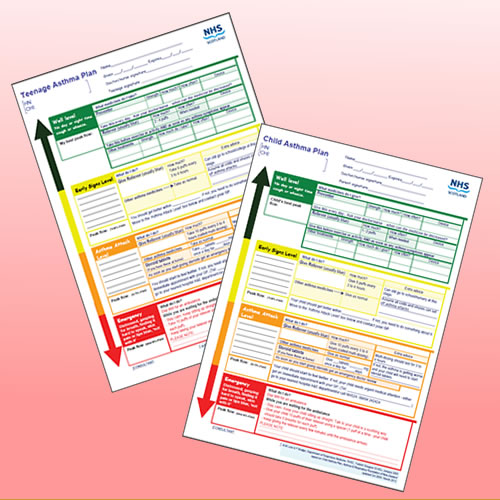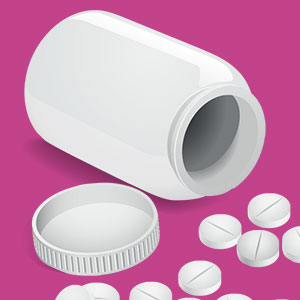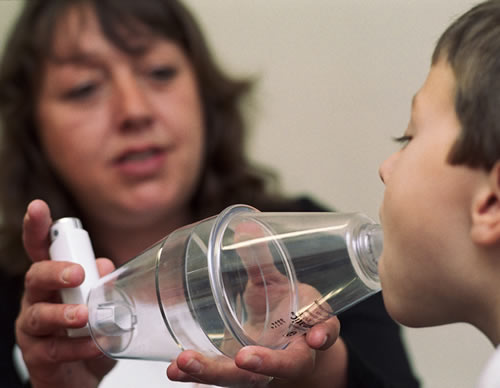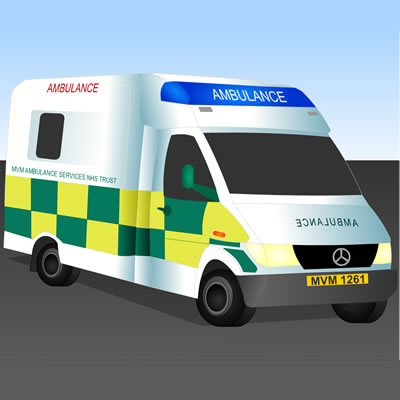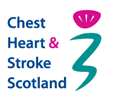
Family looking at a laptop computer
The key messages are:
- Get your child to tell you when they are feeling unwell and know the signs to look for.
- Tell them that if they take inhalers as soon as they feel unwell the asthma attack will most likely go away.
- Young children can’t always tell you how they feel so you need to be observant and look for any early warning signs. Act on them by following your child’s asthma action plan.
- Make sure you tell anyone who cares for your child when you are not there, such as school, friends, childminders, other parents, family members, how to use the inhalers and how to get in touch with you if they are worried. If you know your child’s early warning signs tell them what to look for and what to do. Tell your child that their other carers also know what to do so they will be safe even if you are not there.
- Reassure that if they are keeping active and taking regular medicine to prevent asthma and their asthma is controlled, they are protected.
- If your child is still worried or anxious ask for help and guidance from your GP , practice nurse or specialist.
Visit the topic Wheeze and your child to listen to an example of a wheeze.


